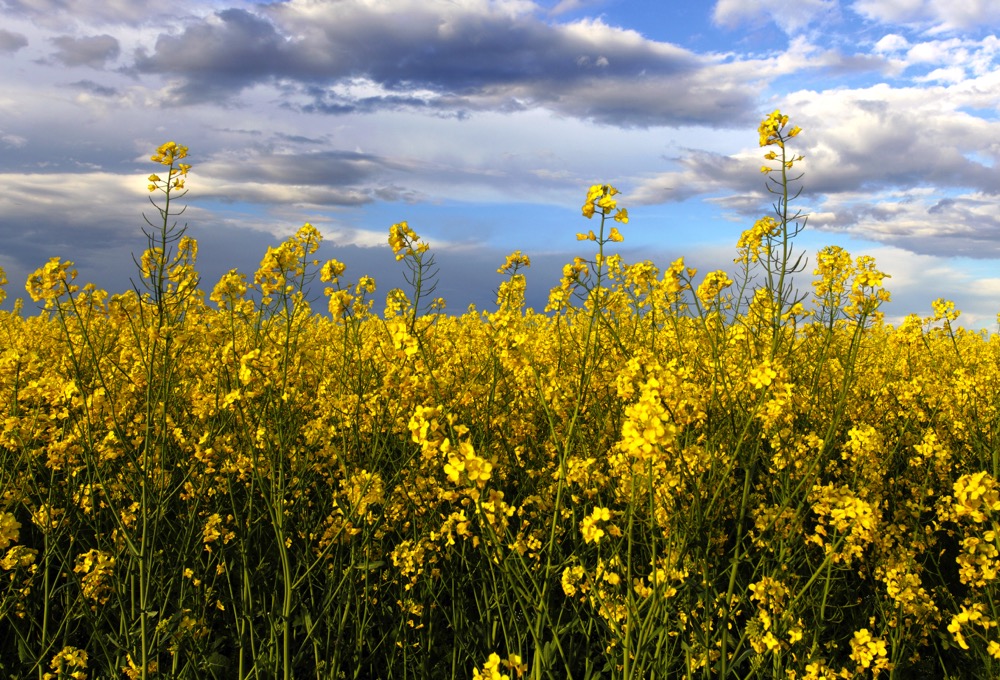MarketsFarm — An independent crop market analyst told Saskatchewan oat growers he is bullish for the crop in 2022.
Brennan Turner, founder and former CEO of online crop marketing platforms FarmLead and Combyne Ag, delivered a presentation at the Saskatchewan Oat Development Commission’s (SaskOats) annual general meeting in Saskatoon on Wednesday.
Turner, a Foam Lake native with a degree in economics from Yale University, predicts a rise in seeded oat acres across the province in 2022, mainly due to high prices precipitated from last year’s drought.
Read Also

ICE Weekly: No upside for canola if China situation continues: trader
Tony Tryhuk of RBC Dominion Securities said canola should stay rangebound if Canada’s trade war with China continues.
“Oats were the best performing commodity out of all commodities in 2021,” he told the AGM. He presented a figure showing an 89.2 per cent year-over-year price increase, from US$3.61 per bushel on Jan. 1, 2021 to US$6.83/bu. on Jan. 1, 2022.
“Where does this compare to years past? The answer is it doesn’t compare. It’s completely a different ecosystem, a different galaxy,” Turner said.
“Going into 2022, I think that you’re going to see more oat acres because of the prices. It’s probably going to be at the expense of malt barley and hard red spring wheat. Maybe a little bit of durum.”
However, he added, in order for oats to have a “great rebound” this summer, more precipitation is needed.
“It’s a function of this moisture deficit we’re seeing year-over-year. I think you’re going to see more acres across the board (in) Saskatchewan and Alberta. Maybe not so much Manitoba because with corn, soybean and canola prices the way they are, some of that oats production may suffer as a result.”
Canada produced 2.606 million tonnes of oats in 2021-22, down 43 per cent from the year before and other countries are trying to fill some of the void, according to Turner. The United Kingdom, Brazil, Argentina and Chile all saw increased oat production in 2021-22 with the U.K., European Union and Australia all increasing exports. Meanwhile, outside North America and Europe, demand for oats is increasing.
Canada is projecting a record-low oat carryout of 273,000 tonnes in 2021-22 according to the U.S. Department of Agriculture (USDA), but Turner thinks it might be even lower, which makes this year’s harvest extremely crucial.
“Agriculture (and Agri-Food) Canada is around 200,000. Personally, I think we’re probably going to end at around somewhere close to 100,000. Maybe a little below, maybe a little above,” he said. “That’s basically a nil carryout.”
While tight supply and low production will affect prices, Turner thinks oat processors will have the greatest impact in 2022. He cited oat milk’s growth in popularity since the start of the COVID-19 pandemic to the point it has become the fastest growing plant-based milk in the U.S., but well behind almond milk in market share. About 30 per cent of milk drinkers in the E.U. drink oat milk two to three times a week, according to Danish biotech firm Novozymes.
However, the price of oat milk in the grocery store may be dissuading customers. In a consumer survey conducted last year by Novozymes, 70 per cent of customers were not willing to pay at least five per cent more for oat milk than cow’s milk.
“That’s probably a condition of a price-sensitive market. Given the fact we’re in a high-inflation environment, specifically in Canada and the U.S. and household disposable income is on edge right now, there are going to be quite a few families who won’t jump into the oat milk market,” Turner said, adding it may be a “premium product” to many.
Turner advised oat growers to “lock in” 10 to 15 per cent of their new crop into contracts at current prices. He added they are to make additional sales by July if there’s no drought, or to price out their remaining crop in November or December if there is one. He believes oat prices per bushel could rise into the double digits if 2022 is a drought year.
“I don’t think we’ll ever be at ($2/bu.) oats over the next four or five years. The only reason if we’re going to be at $2 oats is if there’s a massive run of production, almost bumper harvests in North America and the E.U…. I can’t see it happening over the next two growing seasons.”
— Adam Peleshaty reports for MarketsFarm from Stonewall, Man.

















